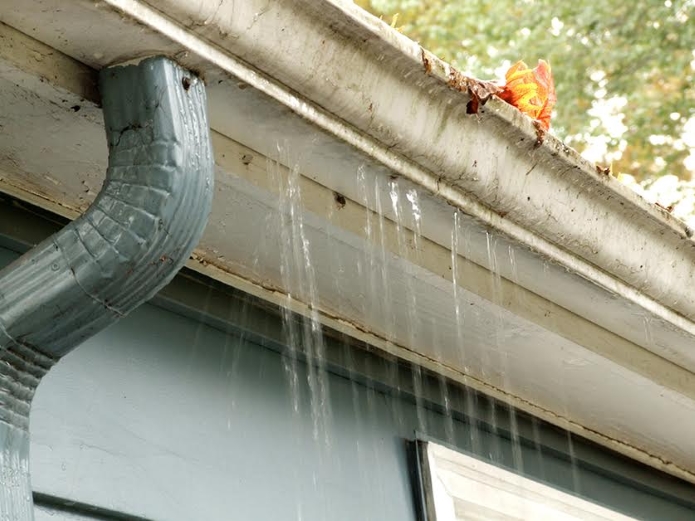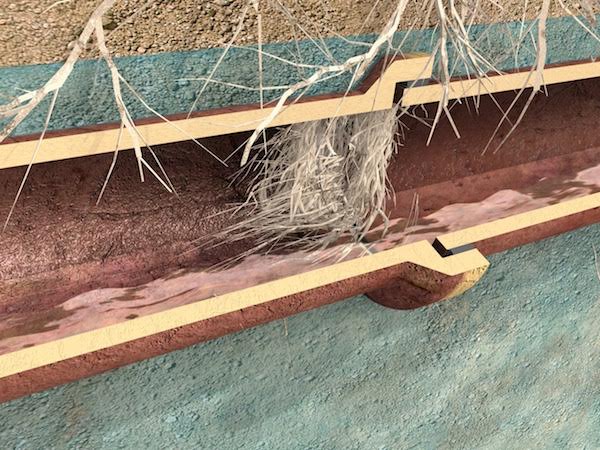Approximately, twenty-five percent of the new property investors see their dream property turn into a nightmare because they didn’t detect plumbing problems prior to their purchase. These stories tell you about what you should be looking at when inspecting a property prior to the purchase, which will likely save you thousands of dollars.
-
* Have you heard the story of the property investor who discovered the supply of gas was coming through a garden hose?
-
* Or, the one concerning the handyman who ‘fixed’ a leaky roof for the earlier owners by concealing it behind a fresh paint coat.
-
* What about the $1.7 million dollar house that has fantastic kitchen and bathroom renovations all put together on old clay sewer, which broke shortly after it was given on rent by the property investor. It cost the new property owner $19000 to repair it.
The shocking part of these frightful stories is that the property investors did have the properties examined before buying them; however, none of these problems was detected by the building inspectors.
The majority of the property investors don’t inspect the plumbing before they buy as it isn’t their area of competence, but some building inspectors also doesn’t have that competence. Thus, prior to hiring their services, ensure they know what to check for.
Property investors should wary about the following eight typical concealed plumbing problems.
I. Roof
A detailed inspection of the roof could shield you from spending $11,000 to $55,000 to change it.
1. In what state are the roof and guttering? The inspector should go up and inspect it thoroughly. In case, there is rust, lift a red flag; roofs also may have sprouts growing out of them.
2. Access points that are concealed: In case, people have anything to hide in the roof or subfloor area, they hide the access points. If an inspector comments the access points are hard to locate or are concealed, you should be apprehensive about it.
3. Newly painted or newly renovated roof? Is it done to smarten or to conceal?
II. Within the house
The majority of the concealed faults are concerned to water oozing where it should not, which can add substantially to a property’s maintenance budget.
4. Bathroom/ kitchen overhauls:
Who did the overhaul? Is it an established building company, an owner builder or a builder that doesn’t have a name? If it isn’t an established building company then probable property investors should be suspicious of the quality of the revamp and so it should be examined closely.
5. Acquire recent copy of drainage diagram
Almost all purchase contracts include the sewer service diagram. In case, there is no diagram, purchase one as the data it contains is worth a lot compared to its fee. In case, any changes have occurred to the drainage then diagrams are updated (for instance, moving a basin, sink or a sewer repair). Suppose the diagram has never been updated and it is an old home, be suspicious about it.
In case, the diagram pre-dates a bathroom overhaul then new fittings might be attached to old plumbing resulting in cutting the corner or the diagram was certainly not updated, which raises doubts regarding the plumbers who did the work.
III. Outside the house

Keep your eyes open for problems outside as well as inside the home because a major stormwater or sewer issue could cost you around $19,000 or more.
6. Find out the age of the hot water unit

This information can be found on its badge. If it is maintained badly (i.e. not done proper servicing regularly) then it will have a life around 8 to 10 years. If it has been regularly serviced then it will have a life around 15 to 20 years. Suppose, the unit is over 8 years old, consider replacement cost in the near future (begins somewhere at $1500 but it averages around $2500 - $3500).
7. Galvanised pipes
In case, the water or gas pipes are bare, you’ll find them along the outer walls. Suppose, they are copper along with the surface just run your hand – thick, uneven or rough ones could be galvanised and so it will require replacement so figure out that cost as well.
8. Sewer pipes

For proof of clay pipes, verify the bottom of the downpipe or the garden taps. A clay sewer system will rupture (it is just a matter of when) so take into account the cost of drainage system replacement (be prepared for the expenses that can fall between $6000 and $21,000). In case, the house is having a terrace, scrutinise to see if there is a joint common sewer (it can be quite complicated an affair to negotiate with your neighbours for sharing a plumbing repair).
Ensure that your building inspector notes down all of these plumbing red flags. In case, you’re not sure if they can carry out this specialised task, a certified and expert plumber can do the job for you.
Final words
Be prudent with your buying bid and factor in the cost of repairs into your negotiations by revealing the concealed/ hidden plumbing problems. In this way, property investors can save significantly!
About the author:
Zak Saboune heads Service Today, which happens to be amongst the most trusted plumbing & electrical companies servicing Sydney, Melbourne & Adelaide metro areas.
| < Prev | Next > |
|---|





